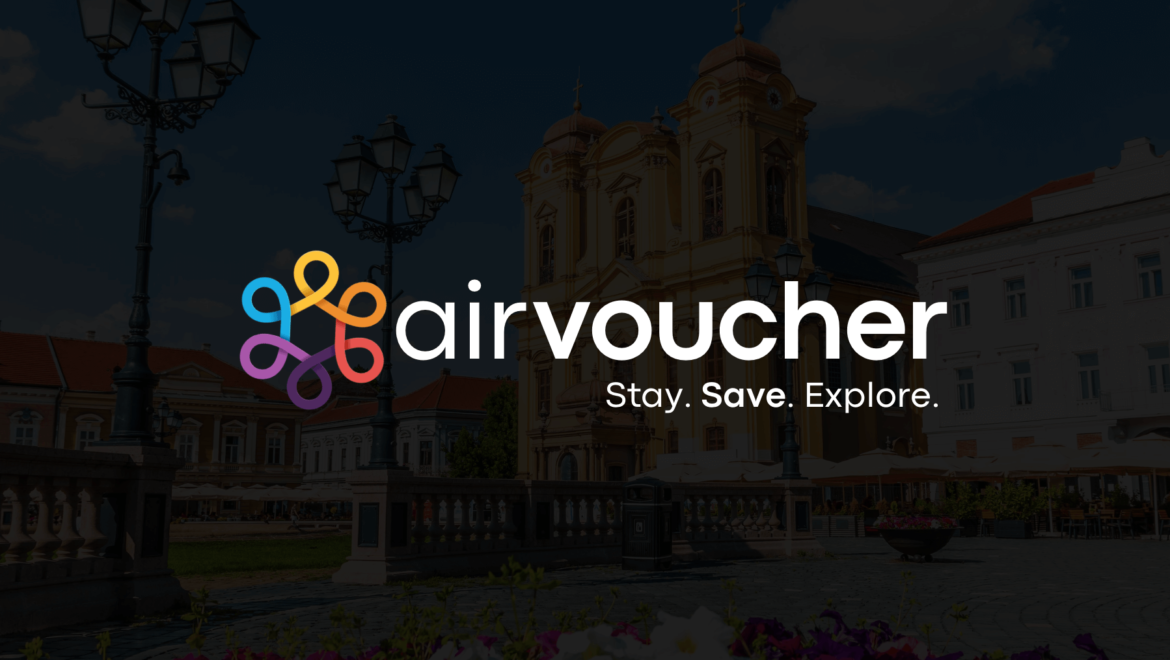Understanding the demographics and preferences of tourists visiting Romania is essential for businesses and Airbnb hosts aiming to enhance guest experiences and tailor their services effectively. This guide provides data-driven insights into the types of tourists frequenting Romania and offers strategies to cater to their diverse preferences.
Tourist Demographics in Romania
Romania’s tourism sector has experienced consistent growth over the past decade. In 2023, approximately 13.65 million tourists were hosted across 6,400 accommodation establishments. This upward trend continued into 2024, with 7.666 million tourist arrivals recorded in the first seven months, marking a 3.8% increase compared to the same period in 2023.
The majority of foreign tourists originate from European countries, with Germany, Italy, and Israel leading in visitor numbers. Notably, domestic tourism also plays a significant role, as 53% of surveyed Romanians prefer spending their holidays within the country.
Tourist Preferences
Tourists are increasingly seeking authentic and unique experiences. Romania’s rich cultural heritage, exemplified by UNESCO World Heritage Sites like the Churches of Moldavia and the wooden churches of Maramureș, attracts visitors interested in history and tradition. Additionally, natural attractions such as the Carpathian Mountains and the Danube Delta appeal to eco-tourists and adventure seekers.
Seasonal events and festivals also draw significant crowds. For instance, Transylvania has become a popular destination for those intrigued by its association with vampire lore, attracting over 13 million visitors annually.
Strategies for Businesses and Hosts
To effectively cater to the diverse tourist demographics in Romania, consider the following strategies:
- Cultural Immersion: Offer experiences that showcase local traditions, crafts, and cuisines. Collaborate with local artisans to provide workshops or tours that allow guests to engage directly with Romanian culture.
- Adventure Packages: Capitalize on Romania’s natural landscapes by organizing guided hikes, wildlife tours, or water-based activities. Providing equipment rentals or partnering with adventure tour operators can enhance the guest experience.
- Seasonal Promotions: Align offerings with local festivals, holidays, or seasonal attractions. Create special packages or discounts during these periods to attract tourists seeking unique experiences.
- Language Accessibility: Ensure that information is available in multiple languages, especially English, to accommodate international visitors. Providing multilingual staff or translation services can significantly improve guest satisfaction.
- Personalized Recommendations: Utilize guest data to offer tailored suggestions for activities, dining, and attractions. Personalized experiences can lead to positive reviews and repeat visits.
Conclusion
By understanding and adapting to the evolving demographics and preferences of tourists, Romanian businesses and Airbnb hosts can enhance their offerings, leading to increased satisfaction and loyalty among guests. Staying informed about tourism trends and continuously innovating services will position businesses to thrive in Romania’s dynamic tourism landscape.





